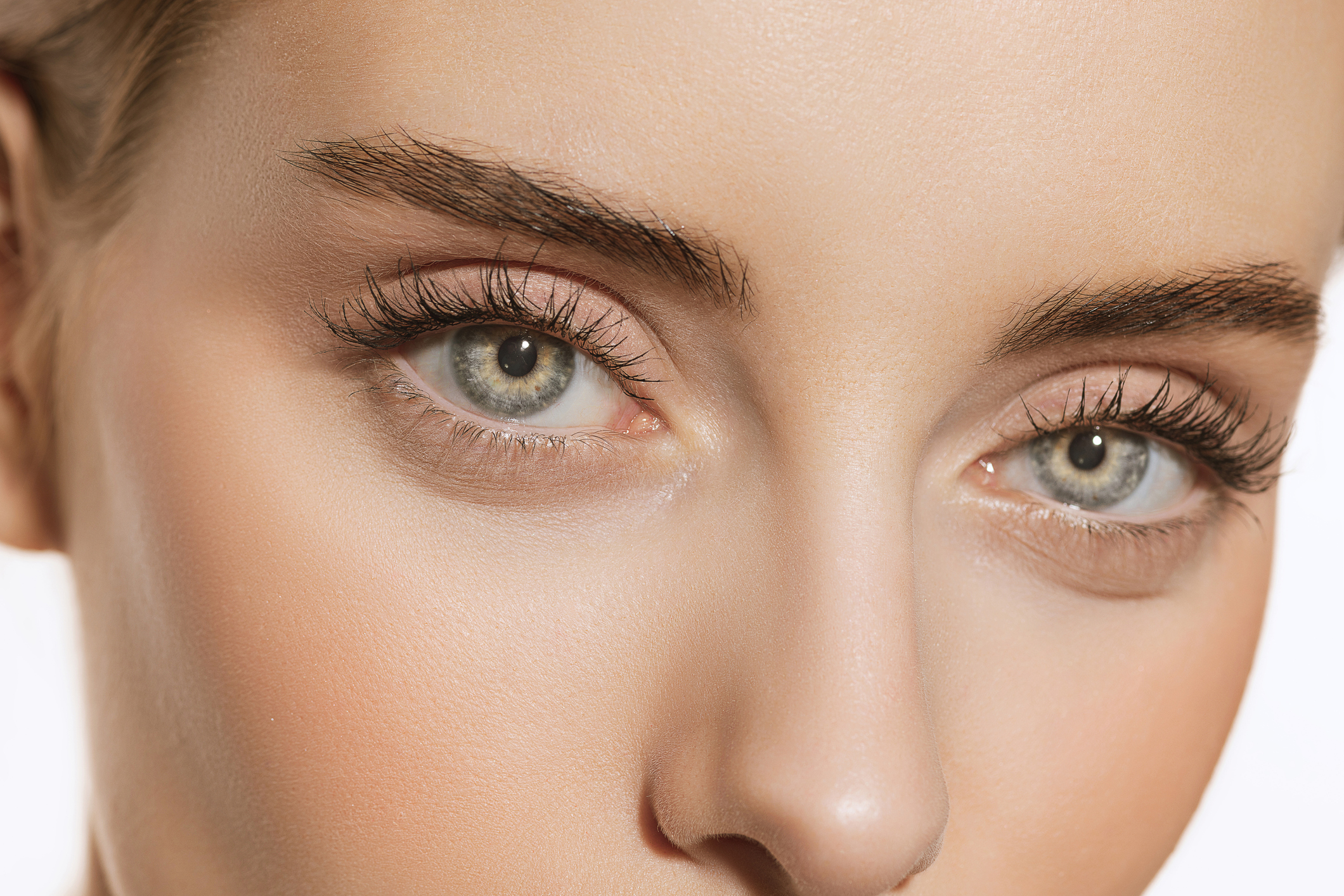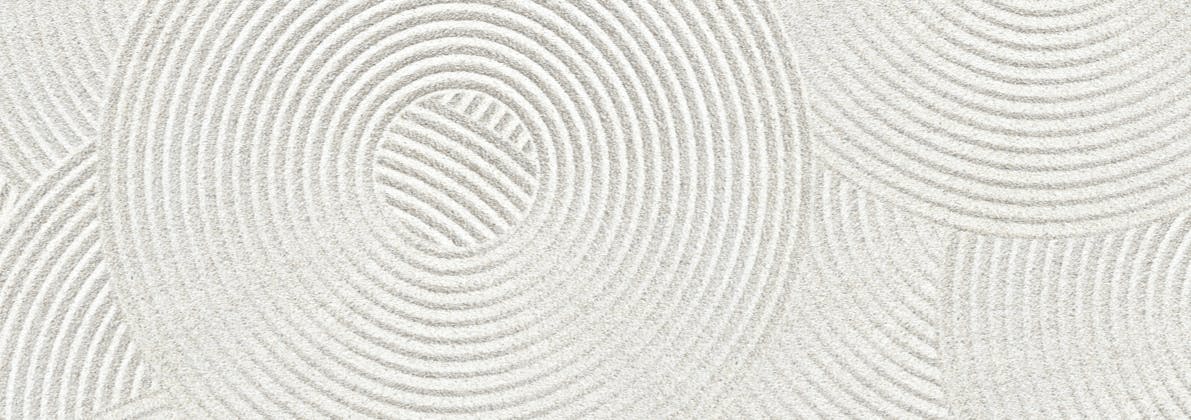
The human face, replete with emotion and character, communicates without words. Over time, age and environmental factors contribute to changes in facial anatomy, particularly around the eyes and forehead. One common concern many patients express is the appearance of aging or fatigue in the upper face, manifesting as drooping eyelids or sagging brows. Two primary surgical interventions to address these concerns are the upper blepharoplasty and the brow lift. However, determining which procedure, or if both are appropriate, requires a nuanced understanding of facial anatomy and aesthetics.
1. Upper Blepharoplasty: Addressing the Eyelids
Upper blepharoplasty focuses on the removal or repositioning of excess skin and fat from the upper eyelid. The primary indications for this surgery include:
- Dermatochalasis: Excess, sagging skin on the upper eyelids, often causing a hooded appearance.
- Pseudoptosis: While the eyelid margin is at a normal level, the excess skin or fat can give the appearance of ptosis (drooping).
A patient with primary concerns of looking tired, even after adequate sleep, or those who have difficulty applying makeup due to the limited eyelid space, may benefit from an upper blepharoplasty.
2. Brow Lift: Elevating the Forehead and Brows
The brow lift focuses on repositioning the sagging brow and reducing wrinkles on the forehead. Indications for this procedure include:
- Brow Ptosis: A downward shift of the brows, leading to a reduction in the space between the brow and eyelashes. The outer part of the brow often sags more than the inner part, leading to a sad or tired appearance.
- Forehead Wrinkles: Deep, horizontal lines on the forehead due to the repeated upward contraction of the frontalis muscle, compensating for the drooping brows.
Patients who constantly use their forehead muscles to raise their sagging brows, or those who appear perpetually angry or worried due to the brow position, might be ideal candidates for a brow lift.
3. Deciding Between the Two (or Both)
- Physical Examination: This is paramount. A simple test involves elevating the brows to a more refined position manually. If the excess skin on the upper lids remains a concern even after this, a blepharoplasty might be indicated alongside a brow lift.
- Patient's Aesthetic Goals: Some patients may desire a more open-eyed look, which blepharoplasty can provide. Others may be more concerned with looking less angry or worried, pointing towards a brow lift.
- Age Considerations: While both procedures can be performed at any age depending on need, blepharoplasty is more commonly sought by younger patients, while brow lifts are often considered as the descent of the brow becomes more pronounced with age.
4. Synergistic Effect of Combined Procedures
Often, the descent of the brow and the excess upper eyelid skin coexist. In these cases, addressing only one issue might not yield satisfactory results. A combined approach ensures harmony between the brow's position and the upper eyelid, creating a refreshed, refined appearance without overcorrection.
Conclusion
The decision to undergo an upper blepharoplasty, brow lift, or both is multifaceted, relying on clinical assessments and patient desires. It underscores the importance of a thorough evaluation by a skilled plastic surgeon familiar with the intricacies of facial aesthetics. Ensuring a tailored approach that respects each patient's unique anatomy and goals is pivotal in achieving natural, rejuvenating results.


